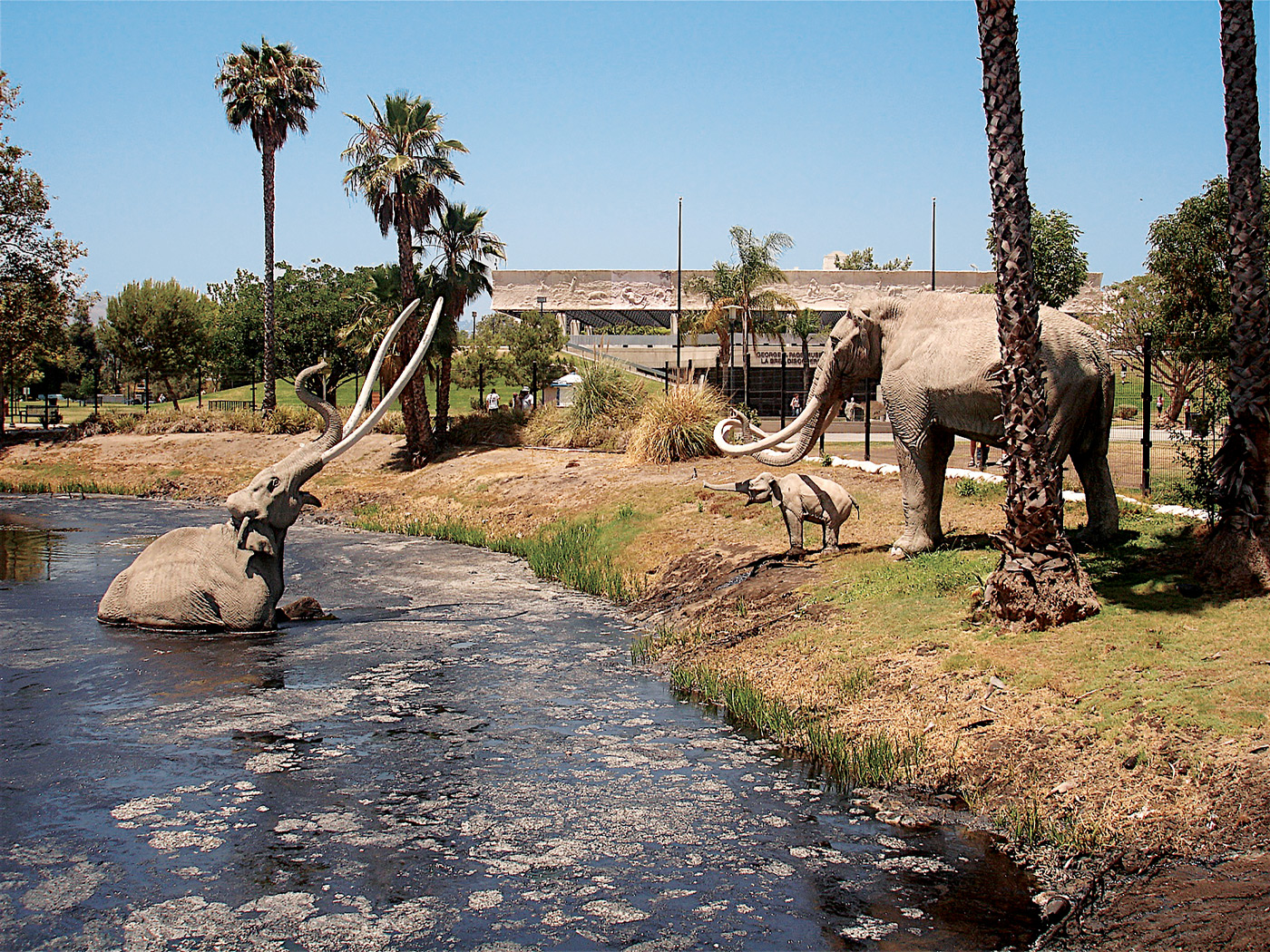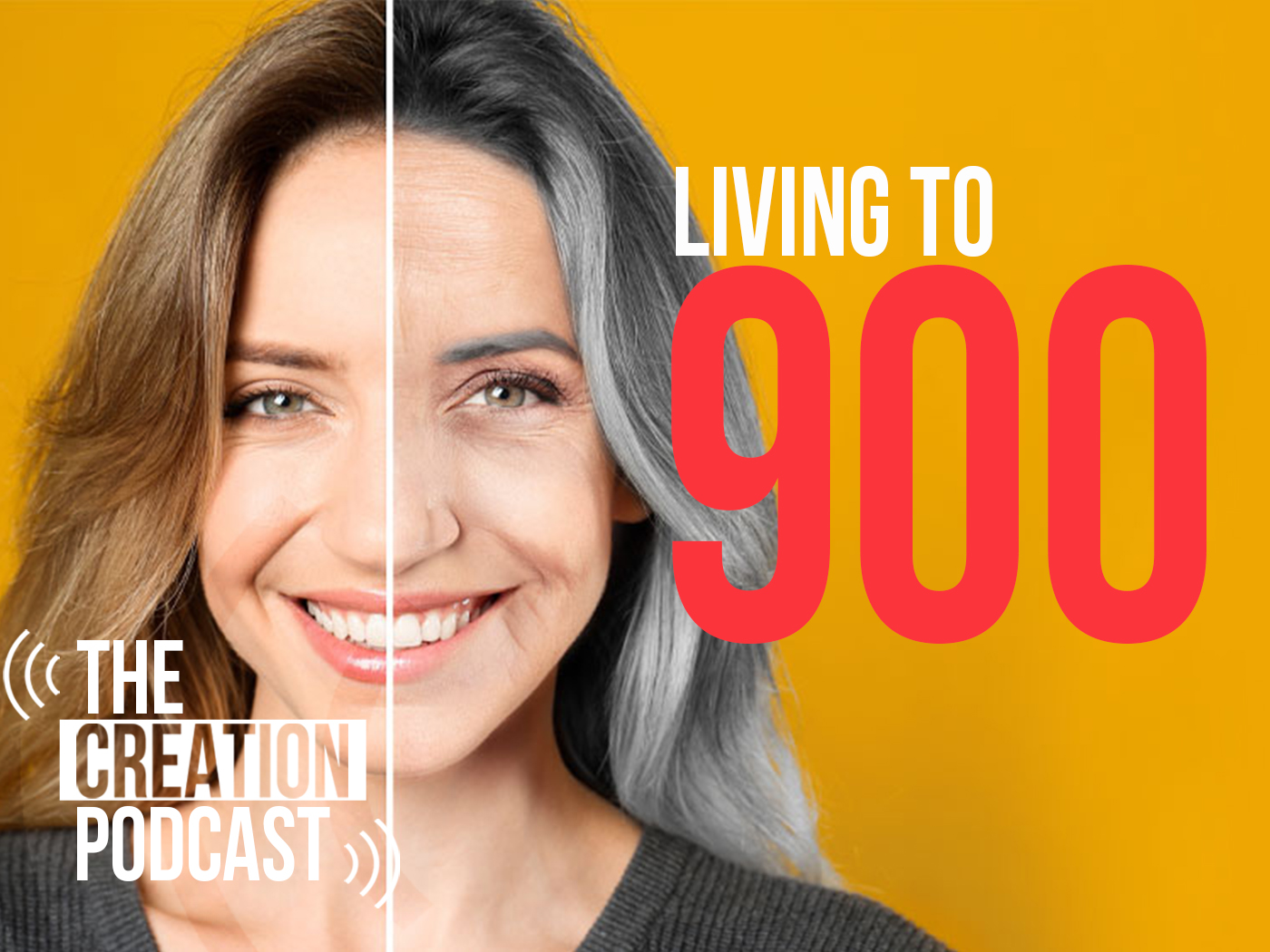by Jeffrey P. Tomkins, Scott Arledge, and Randy J. Guliuzza
In Creation Research Society Quarterly 58 (4): 289-296
Abstract
A wide variety of fish, amphibians, and arthropods have colonized cave environments deploying complex suites of morphological, physiological, and behavioral traits specifically adaptive to a perpetually dark and resource-scarce environment. Among the many examples of this global phenomenon is the Mexican blind cavefish (Astyanax mexicanus) which has become a leading research model for this rapid and repeatable adaptation which is nearly entirely due to developmental phenotypic plasticity. Not only do blind Astyanax cavefish (compared to surface morphotypes) exhibit a lack of eye development, but they also display complex enhancements for chemo- and mechano-sensors, altered circadian cycles, modified neural and endocrine circuits, metabolic modifications in both rates and metabolism, epigenetic modifications, and behavioral changes that rely upon all of these complex physical and physiological modifications. These rapid, repeatable, and complex organism-wide system adaptations make little sense in the context of Darwinian evolution involving mutation and natural selection. However, the data fit perfectly with a model of engineered, organism-driven systems of adaptation built into creatures by the Creator that enable them to continuously track and appropriately adjust to specific environmental changes. Given that Astyanax have been well-researched and are relatively easily studied, reared, and bred in a laboratory setting, we propose using these fish in creationist research for the study of environmental tracking conferred primarily through phenotypic plasticity.
Click here to read the full article text.











